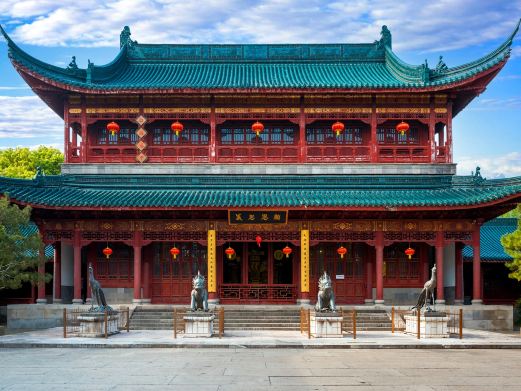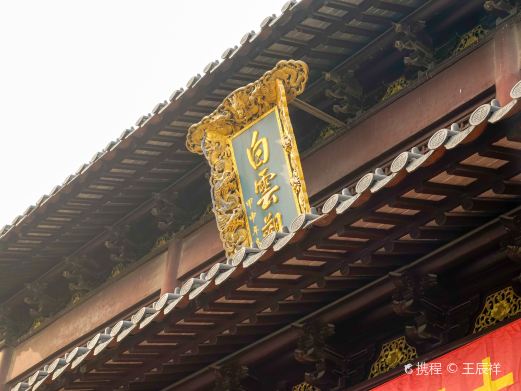The Xujiahui Catholic Library in Shanghai, also known as the Huitang Stone Room, was established by the Catholic Church in Xujiahui in 1847 during the reign of Emperor Daoguang in the Qing Dynasty. Initially, it served as a repository for Chinese and Western literature. After two expansions in 1860 and 1897, it evolved into a two-story independent library building. Today, the Xujiahui Library not only continues to provide reading services and document preservation but has also expanded into document research and exhibition tourism, catering to society’s demand for cultural heritage – historical buildings and old foreign documents. The existing Xujiahui Library consists of two buildings that intersect in the north and south: the North Building, also known as the Great Study, was built in 1897 with a double-slope roof and a brick-wood structure. The north and south facades feature multiple European-style pilasters with pointed arches and pine shutter frames. The design concept and style of the two-story building blend Chinese and Western cultural connotations, with the upper level serving as a Western book repository, and the lower level originally as a Chinese book repository, modeled after the style of the Tianyi Pavilion in Ningbo during the Ming Dynasty. The South Building, originally the Jesuit residence, also known as the Priest’s Building, was built in 1867 and underwent several renovations before being finalized as a four-story slope-roof building with a veranda-style architecture in 1931. The library is open all year round from Monday to Saturday, 09:00 to 17:00; it is closed on Sundays.
Xujiahui Catholic Library in Shanghai
The Xujiahui Catholic Library in Shanghai, also known as the Huitang Stone Room, was established by [...]









